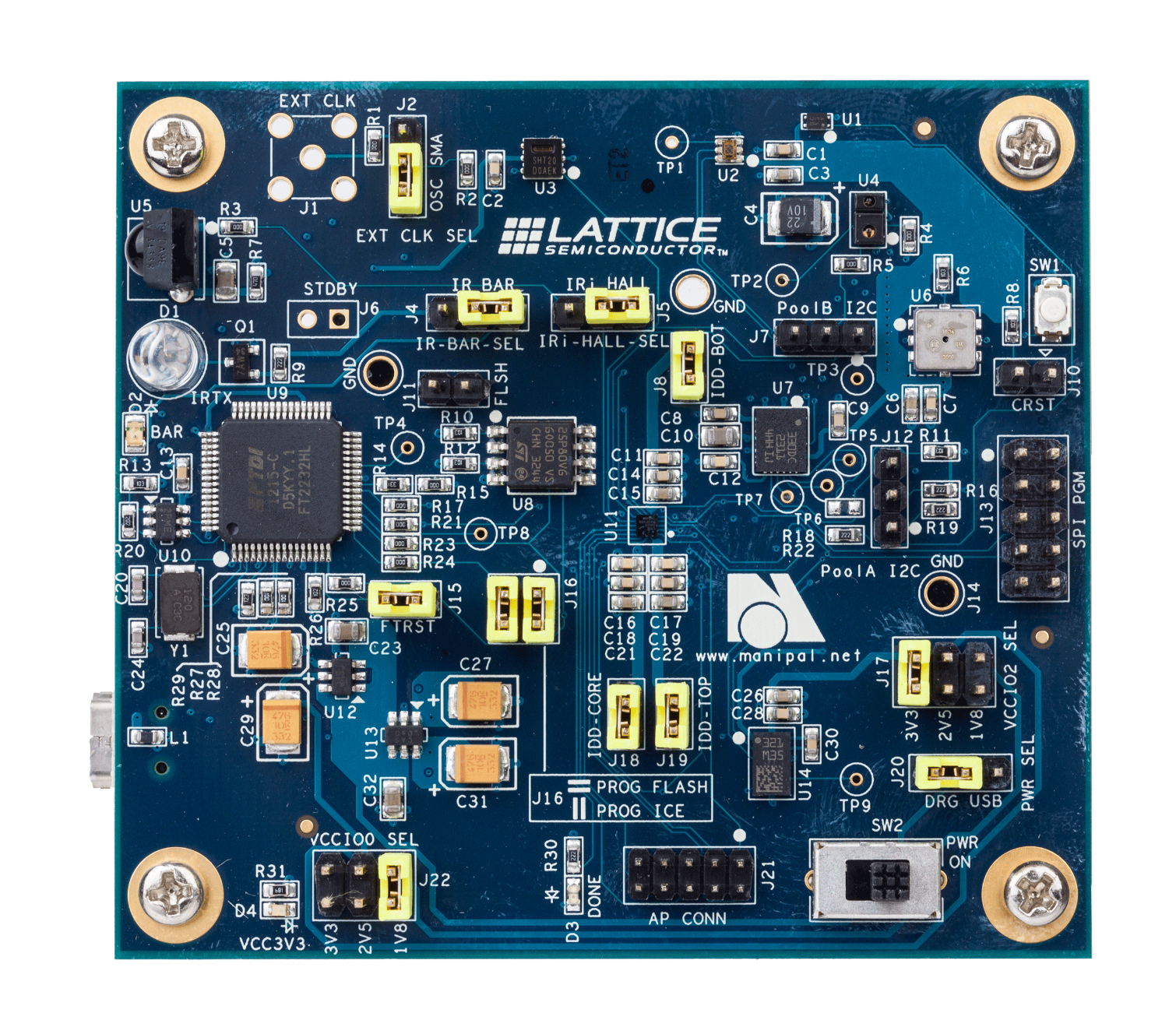Next-Gen SteamVR Hardware Will Process Tracking Data On Board
Lattice Semiconductor Corporation revealed that Valve chose Lattice’s iCE40 FPGA to improve the SteamVR Tracking platform. Lattice’s iCE40 FPGA reduces position tracking overhead by combining the tracking data from multiple sensors before sending the signal to the host processor.
The first generation of Valve’s SteamVR Tracking system (formerly known as Lighthouse tracking) offers sub-millimeter tracking accuracy and industry-leading tracking volume, but Valve isn’t satisfied with its solution. The company is hard at work developing the second generation of the SteamVR Tracking system, which increases tracking volumes, reduces power consumption, and lowers manufacturing costs.
However, Valve is slowly trickling out information about this second-gen SteamVR Tracking system. Early this year, Valve confirmed that it's developing new SteamVR Base Stations that offer reduced internal complexity. They won't include moving parts like the current Base Stations do, which should improve reliability and reduce manufacturing defects. The new Base Stations also feature a wider field of view and the ability to pair the headset with more than two units.
In early June, Valve revealed that it partnered with Triad Semiconductors to develop sensor ASICs for the next generation SteamVR tracking system, and it implored hardware developers to adopt the new sensors immediately because of compatibility concerns. The new sensors would support the current Base Stations and the upcoming second generation Base Station design, whereas the old sensor design would not support the new Base Stations.
Valve is also working with Lattice, though, and adopted its iCE40 FPGA to help improve the efficiency of the SteamVR tracking system. The iCE40 FPGA pulls in tracking data from the Triad TS4231 sensors that are embedded in the trackable device and feeds the pre-processed data to the host computer. Lattice Semiconductors said that processing the data on the device before sending it to the host PC “reduces EMI emission, PCB congestion and improves signal integrity.”
“Our low power, low cost, and small form factor iCE40 FPGA allows each sensor to have an independent interface for low latency data capture and parallel processing,” said Ying Chen, senior business development manager at Lattice Semiconductor. “Our FPGA enables the host to accurately process simultaneous sensor events by providing the MCU with metadata such as time stamping. This capability can also be useful in other movement or flow related analysis where low latency and concurrency are required.”
Lattice Semiconductors said the iCE40 FPGAs could benefit other VR- and AR-related devices, including wireless HMD upgrade kits, multi-camera 360-degree rigs, and MIPI bridging for micro displays (such as the ones that Kopin is developing for mobile VR HMDs).
Get Tom's Hardware's best news and in-depth reviews, straight to your inbox.
Valve hasn’t yet announced any products that are being built for SteamVR Tracking 2.0, but the company has more than 500 SteamVR Tracking licensees developing technology and hardware for Valve’s tracking system, so you can expect product announcements in the future.
Kevin Carbotte is a contributing writer for Tom's Hardware who primarily covers VR and AR hardware. He has been writing for us for more than four years.
-
photonboy Very important to track to the sub-mm size, otherwise I might not be able to virtually grasp my penis.Reply -
Mostafa morsy >They won't include moving parts like the current Base Stations doReply
iirc they include less moving parts (1 rotating cylinder instead of 2) not no moving parts. -
daffydlejeune42 This isn't really 'new.' The Vive already uses a Lattice iCE40 FPGA (The LP4K81 A3311RG2, to be exact) to process the sensor data into positional data it sends to the PC.Reply
The headset and controllers know where they are in relation to the lighthouses, the only thing the PC does is know where you've told it the floor and the chaperone walls are in relation to the lighthouses and position the camera accordingly.
